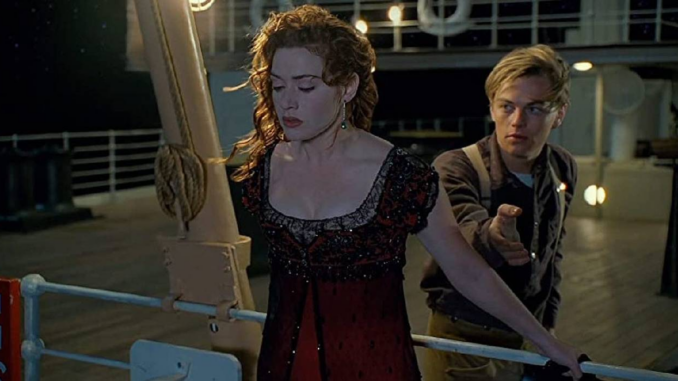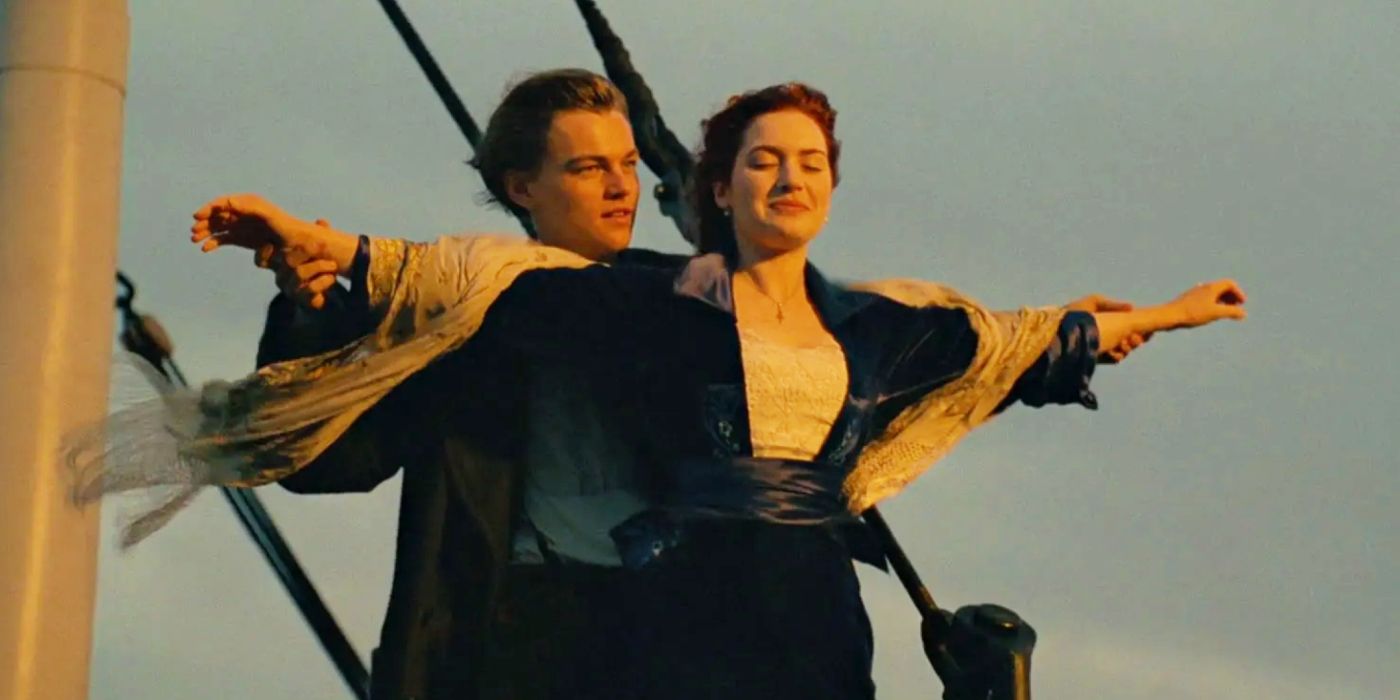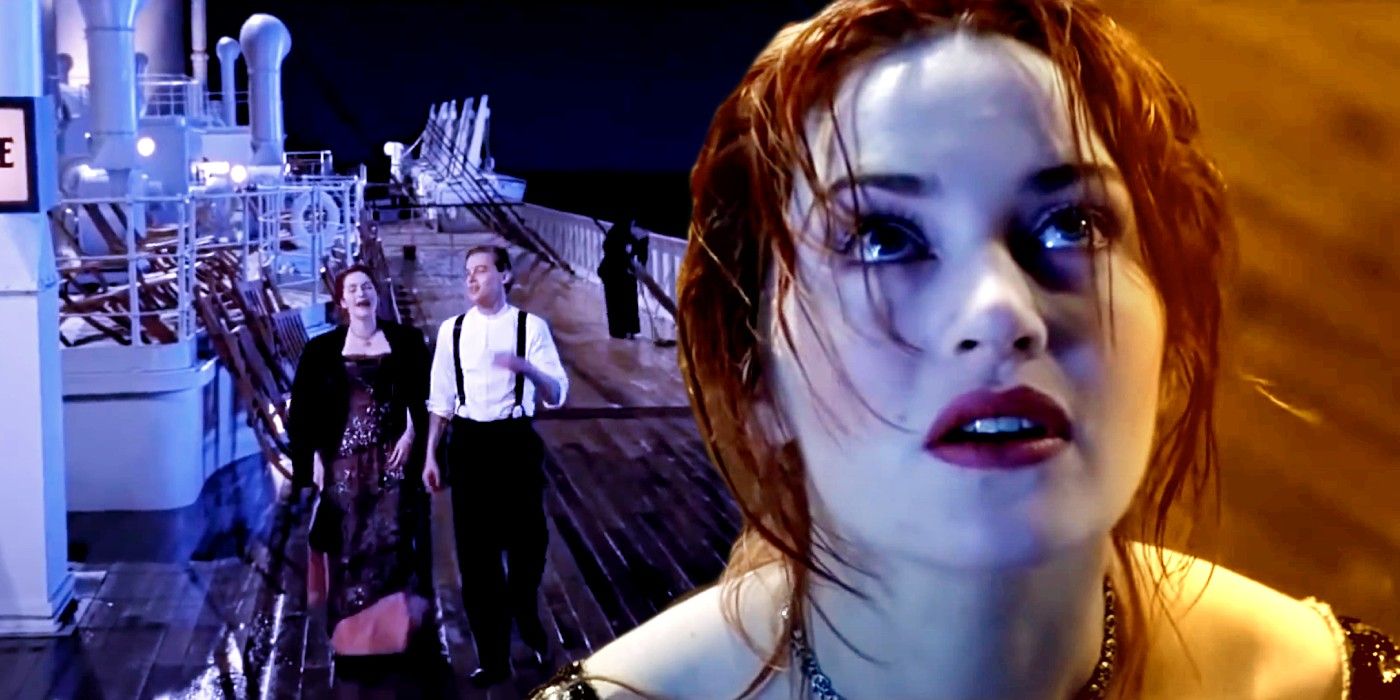
The Titanic real story adaptation made for one of the most impressive cinematic achievements that viewers constantly revisit. James Cameron became a widely known and respected name in the film industry thanks to The Terminator franchise, but he drew a lot more attention in 1997 with Titanic, a romance-disaster movie based on the accounts of the sinking of the RMS Titanic in 1912. It was his most ambitious project up to that point. Titanic tells the story of Rose DeWitt Bukater (Kate Winslet) and Jack Dawson (Leonardo DiCaprio), two passengers from different social classes who fall in love.

Titanic was a big success with both critics and viewers, becoming the highest-grossing movie ever at the time. It was praised for its visuals and performances, though some criticized Rose and Jack’s love story. Still, Titanic has a special place in the hearts of many and continues to be one of Cameron’s best works. Although Titanic is ultimately based on a true story and even added some real life characters, not everything in the movie actually happened. James Cameron had to either change, add, or embellish some details to fit the story he wanted to tell.
The Real-Life Inspiration Behind Rose
The Titanic real story did not include the exact characters of Jack Dawson and Rose DeWitt but there was some truth behind the characters. They were inspired, to an extent, by some real-life people, though Rose’s inspiration has no connection to the actual Titanic.
As revealed by Cameron, artist Beatrice Wood was the inspiration behind Rose.

As revealed by Cameron, artist Beatrice Wood was the inspiration behind Rose. Cameron read her autobiography during Titanic’s development. Wood was a painter, sculptor, writer, and actress from a family of wealthy socialites. As he was reading Wood’s book, Cameron said that he realized it described “almost literally” the character of “Old Rose.” The movie’s Rose is “only a refraction of Beatrice, combined with many fictional elements.” There is no Rose in Titanic’s true story.
As for Titanic’s Jack, he wasn’t inspired by anyone, but his name is similar to that of a man who was on board the Titanic. A man who signed as “J. Dawson” was on the Titanic, but the “J” stood for Joseph, and he was born in Dublin. He was part of the ship’s crew, working as a coal trimmer. Cameron didn’t know a real-life Joseph Dawson existed until the script was finished, so the two Dawsons were a coincidence. Joseph Dawson’s grave received many visitors after Titanic released. They left cinema stubs and pictures of Leonardo DiCaprio as they believed it was the resting place of Jack Dawson.
The Real Molly Brown
Kathy Bates’ unforgettable character, Molly Brown, was one of the few relevant characters in Titanic based on real-life people who were actually on board. Margaret Brown was an American socialite and philanthropist, but wasn’t born into a wealthy family. Margaret married James Joseph “J.J” Brown, who wasn’t a rich man either. Still, the family acquired great wealth when his mining engineering efforts turned out to be instrumental in producing a substantial ore seam. Margaret and Brown separated in 1909, but continued to care for each other. The agreement gave her a cash settlement and monthly allowance that made it possible to continue her travels and social work.
When the real Titanic hit the iceberg and began to sink, Margaret helped other passengers board lifeboats and had to be persuaded to leave the ship (in Lifeboat No. 6). Once there, she urged that the lifeboat went back to save more people, but the crewman opposed it. Margaret threatened to throw the crewman overboard, and sources vary whether they returned and if they found anyone alive. Molly’s role in Titanic history only grew after the disaster

Once aboard the RMS Carpathia, the ship that rescued the Titanic survivors, Margaret coordinated with other first-class passengers to help survivors from the lower classes. Not only that, but the woman named “Unsinkable Molly Brown” by the media” also went on to set up a survivor’s committee, arranging burials for those lost when their bodies were recovered. According to Titanic Historical Society Don Lynch, she was ultimately robbed of the ability to put her account on record when the time came: “She was also vehemently upset that she was not able to testify at the Titanic hearings, at the inquest, because she was a woman.” Margaret Brown passed away in 1932 at 65.
The Titanic Really Hit An Iceberg
The sinking of the Titanic after hitting an iceberg is unequivocally a true story. April 14, 1912, at 11:40 p.m. (ship’s time), the crew spotted an iceberg and alerted the bridge. First Officer Willaim Murdoch ordered the ship to be steered around the iceberg and the engines to be stopped, but there wasn’t enough time. The ship’s starboard side hit the iceberg. The hit created a series of holes below the waterline, and though the hull was not punctured

